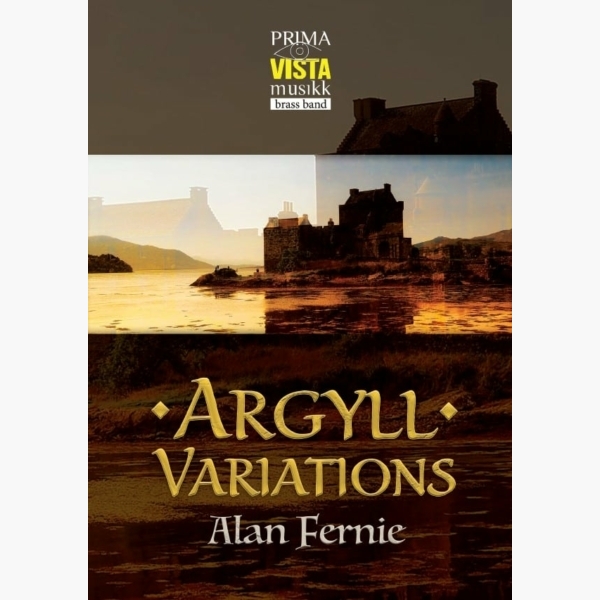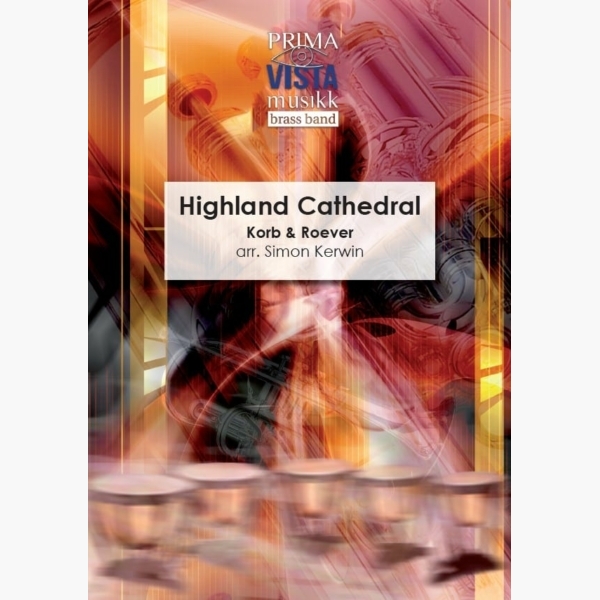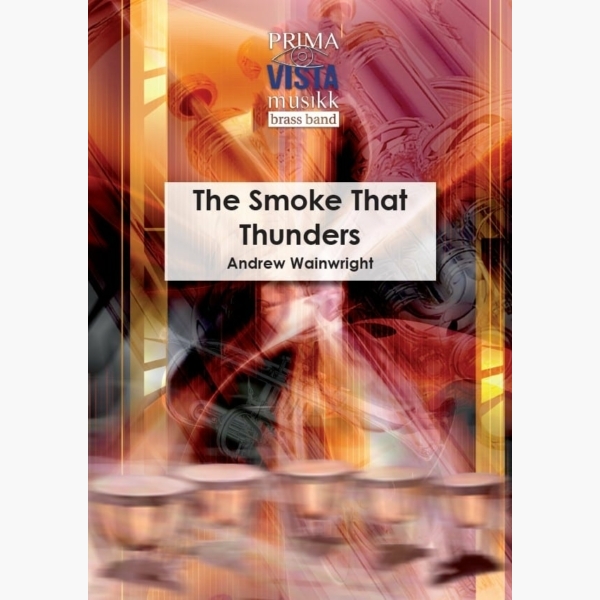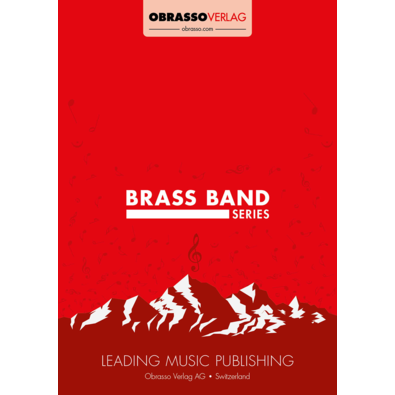Results
-
 £49.95
£49.95Argyll Variations - Alan Fernie
Argyll Variations was commissioned in 2015 by the Scottish Brass Band Association for the National Children's Band of Scotland and premiered by them in Dunblane Cathedral in July of that year. There are three elements to the variations, the most...
Estimated dispatch 5-7 working days
-
 £29.95
£29.95Highland Cathedral - Ulrich Roever & Michael Korb - Simon Kerwin
This lovely melody was composed by two German musicians who tried to emulate the popularity of the famous Scottish tune 'Amazing Grace'. The piece was an instant success and achieved a substantial degree of popularity after it was featured in...
Estimated dispatch 5-7 working days
-
 £34.95
£34.95The Smoke That Thunders - Andrew Wainwright
David Livingstone was a Scottish missionary and explorer. From 1841 until his death in 1873, Livingstone explored the interior of central and southern Africa. His initial aim was to spread Christianity and bring commerce and 'civilisation' to these regions, but...
Estimated dispatch 5-7 working days
-
 £56.00
£56.00The Creel, The Reel & The Peat Fire Flame - Traditional Scottish Air - Alan Fernie
Estimated dispatch 7-14 working days
-
 £56.00
£56.00The Rowan Tree - Traditional Scottish Air - Sandy Smith
Estimated dispatch 7-14 working days
-
 £56.00
£56.00John Anderson My Jo - Traditional Scottish Air - Sandy Smith
Estimated dispatch 7-14 working days
-
 £56.00
£56.00Comin' Through The Rye - Traditional Scottish Air - Alan Fernie
Estimated dispatch 7-14 working days
-
 £56.00
£56.00My Lady Bothwell's Lament - Traditional Scottish Air - Alan Fernie
Estimated dispatch 7-14 working days
-
 £56.00
£56.00Wild Mountain Thyme - Traditional Scottish Air - Alan Fernie
Estimated dispatch 7-14 working days
-
 £52.40
£52.40Dream Angus - Traditional Scottish Air - Sandy Smith
Estimated dispatch 7-14 working days
